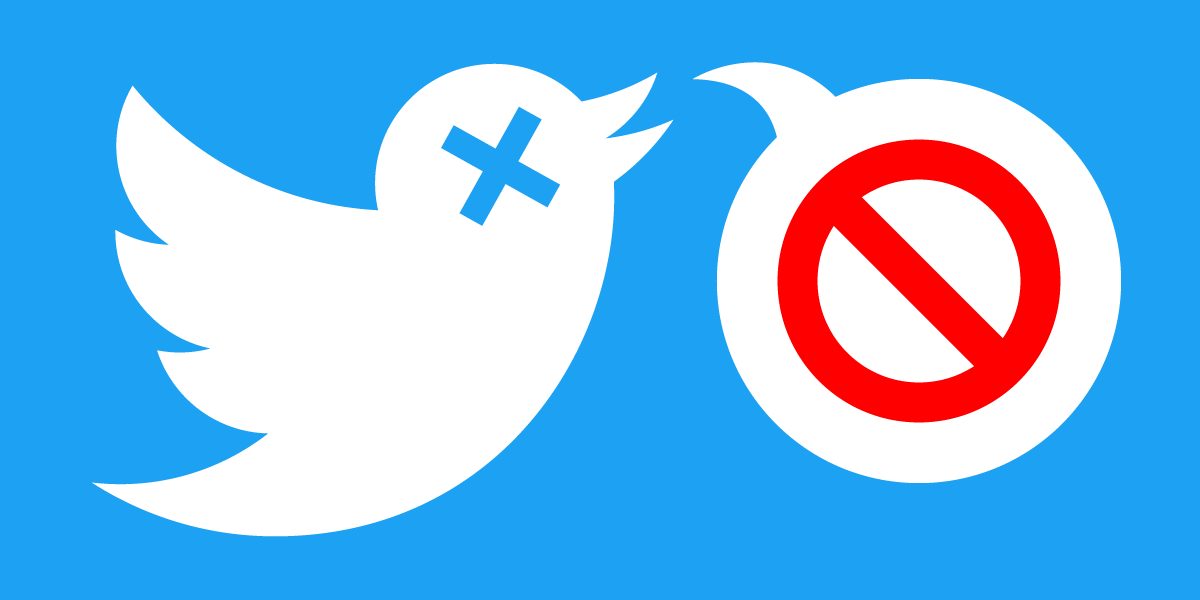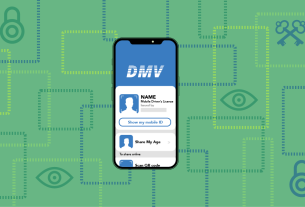We’re taking part in Copyright Week, a series of actions and discussions supporting key principles that should guide copyright policy. Every day this week, various groups are taking on different elements of copyright law and policy, addressing what’s at stake and what we need to do to make sure that copyright promotes creativity and innovation.
Amid reports that X—the site formerly known as Twitter—is dropping in value, hindering how people use the site, and engaging in controversial account removals, it has never been more precarious to rely on the site as a historical record. So, it’s important for individuals to act now and save what they can. While your tweets may feel ephemeral or inconsequential, they are part of a greater history in danger of being wiped out.
Any centralized communication platform, particularly one operated for profit, is vulnerable to being coopted by the powerful. This might mean exploiting users to maximize short-term profits or changing moderation rules to silence marginalized people and promote hate speech. The past year has seen unprecedented numbers of users fleeing X, Reddit, and other platforms over changes in policy.
But leaving these platforms, whether in protest, disgust, or boredom, leaves behind an important digital record of how communities come together and grow.
Archiving tweets isn’t just for Dril and former presidents. In its heyday, Twitter was an essential platform for activists, organizers, journalists, and other everyday people around the world to speak truth to power and fight for social justice. Its importance for movements and building community was noted by oppressive governments around the world, forcing the site to ward off data requests and authoritarian speech suppression.
A prominent example in the U.S. is the movement for Black Lives, where activists built momentum on the site and found effective strategies to bring global attention to their protests. Already though, #BlackLivesMatter tweets from 2014 are vanishing from X, and the site seems to be blocking and disabling tools from archivists preserving this history.
In documenting social movements we must remember social media is not an archive, and platforms will only store (and gate keep) user work insofar as it’s profitable, just as they only make it accessible to the public when it is profitable to do so. But when platforms fail, with them goes the history of everyday voices speaking to power, the very voices organizations like EFF fought to protect. The voice of power, in contrast, remains well documented.
In the battleground of history, archival work is cultural defense. Luckily, digital media can be quickly and cheaply duplicated and shared. In just a few minutes of your time, the following easy steps will help preserve not just your history, but the history of your community and the voices you supported.
1. Request Your Archive
Despite the many new restrictions on Twitter access, the site still allows users to backup their entire profile in just a few clicks.
- First, in your browser or the X app, navigate to Settings. This will look like three dots, and may say “More” on the sidebar.
- Select Settings and Privacy, then Your Account, if it is not already open.

- Here, click Download an archive of your data

- You’ll be prompted to sign into your account again, and X will need to send a verification code to your email or text message. Verifying with email may be more reliable, particularly for users outside of the US.


- Finally—wait. This process can take a few days, but you will receive an email once it is complete. Eventually you will get an email saying that your archive is ready. Follow that link while logged in and download the ZIP files.
2. Optionally, Share with a Library or Archive.
There are many libraries, archives, and community groups who would be interested in preserving these archives. You may want to reach out to a librarian to help find one curating a collection specific to your community.
You can also request that your archive be preserved by the Internet Archive’s Wayback Machine. While these steps are specific to the Internet Archive. We recommend using a desktop computer or laptop, rather than a mobile device.
- Unpack the ZIP file you downloaded in the previous section.
- In the Data folder, select the tweets.js file. This is a JSON file with just your tweets. JSON files are difficult to read, but you can convert it to a CSV file and view them in a spreadsheet program like Excel or LibreOffice Calc as a free alternative.
- With your accounts and tweets.js file ready, go to the Save Page Now’s Google Sheet Interface and select “Archive all your Tweets with the Wayback Machine.”

- Fill in your Twitter handle, select your “tweets.js” file from Step 2 and click “Upload.”

- After some processing, you will be able to download the CSV file.
- Import this CSV to a new Google Sheet. All of this information is already public on Twitter, but if you notice very sensitive content, you can remove those lines. Otherwise it is best to leave this information untampered.
- Then, use Save Page Now’s Google Sheet Interface again to archive from the sheet made in the previous step.
- It may take hours or days for this request to fully process, but once it is complete you will get an email with the results.
- Finally, The Wayback Machine will give you the option to also preserve all of your outlinks as well. This is a way to archive all the website URLs you shared on Twitter. This is an easy way to further preserve the messages you’ve promoted over the years.
3. Personal Backup Plan
Now that you have a ZIP file with all of your Twitter data, including public and private information, you may want to have a security plan on how to handle this information. This plan will differ for everyone, but these are a few steps to consider.
If you only wish to preserve the public information you already successfully shared with an archive, you can delete the archive. For anything you would like to keep but may be sensitive, you may want to use a tool to encrypt the file and keep it on a secure device.
Finally, even if this information is not sensitive, you’ll want to be sure you have a solid backup plan. If you are still using Twitter, this means deciding on a schedule to repeat this process so your archive is up to date. Otherwise, you’ll want to keep a few copies of the file across several devices. If you already have a plan for backing up your PC, this may not be necessary.
4. Closing Your Account
Finally, you’ll want to consider what to do with your current Twitter account now that all your data is backed up and secure.
(If you are planning on leaving X, make sure to follow EFF on Mastodon, Bluesky or another platform.)
Since you have a backup, it may be a good idea to request data be deleted on the site. You can try to delete just the most sensitive information, like your account DMs, but there’s no guarantee Twitter will honor these requests—or that it’s even capable of honoring such requests. Even EU citizens covered by the GDPR will need to request the deletion of their entire account.
If you aren’t concerned about Twitter keeping this information, however, there is some value in keeping your old account up. Holding the username can prevent impersonators, and listing your new social media account will help people on the site find you elsewhere. In our guide for joining mastodon we recommended sharing your new account in several places. However, adding the new account to one’s Twitter name will have the best visibility across search engines, screenshots, or alternative front ends like nitter.



